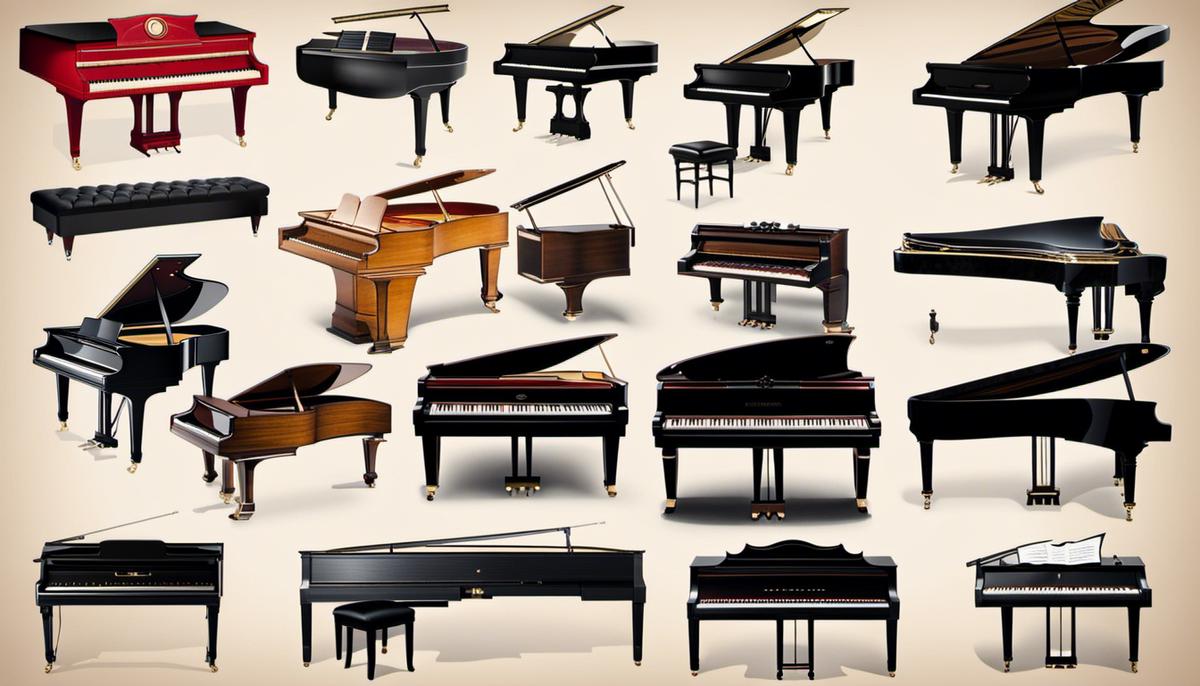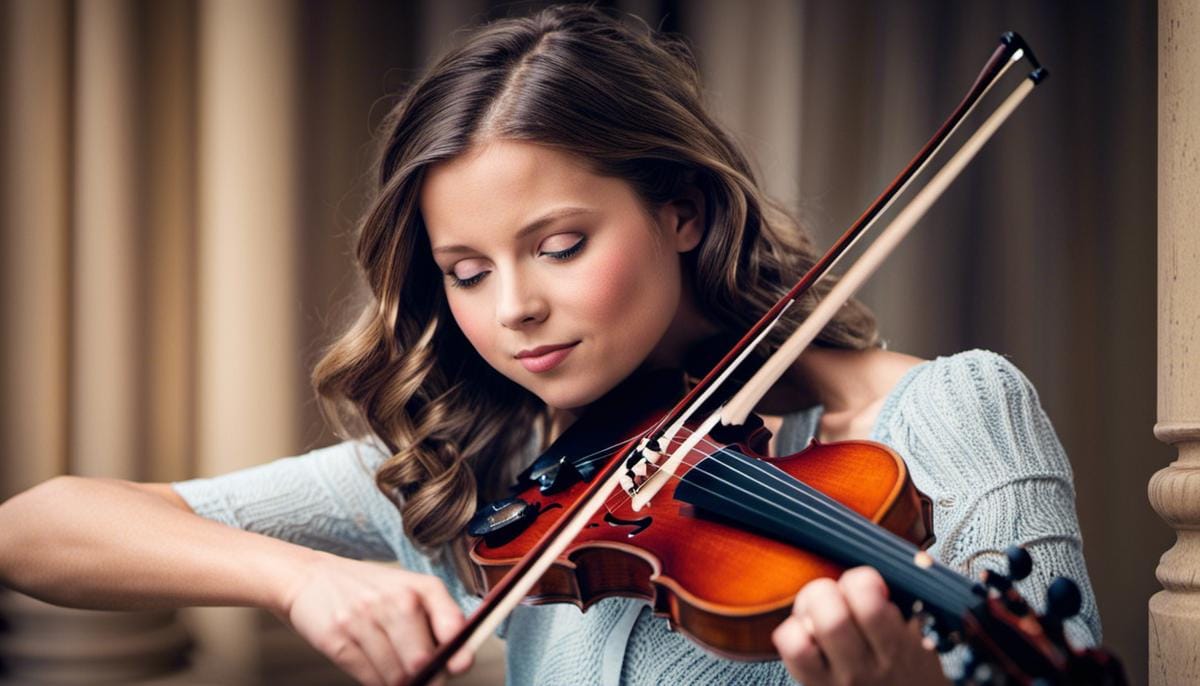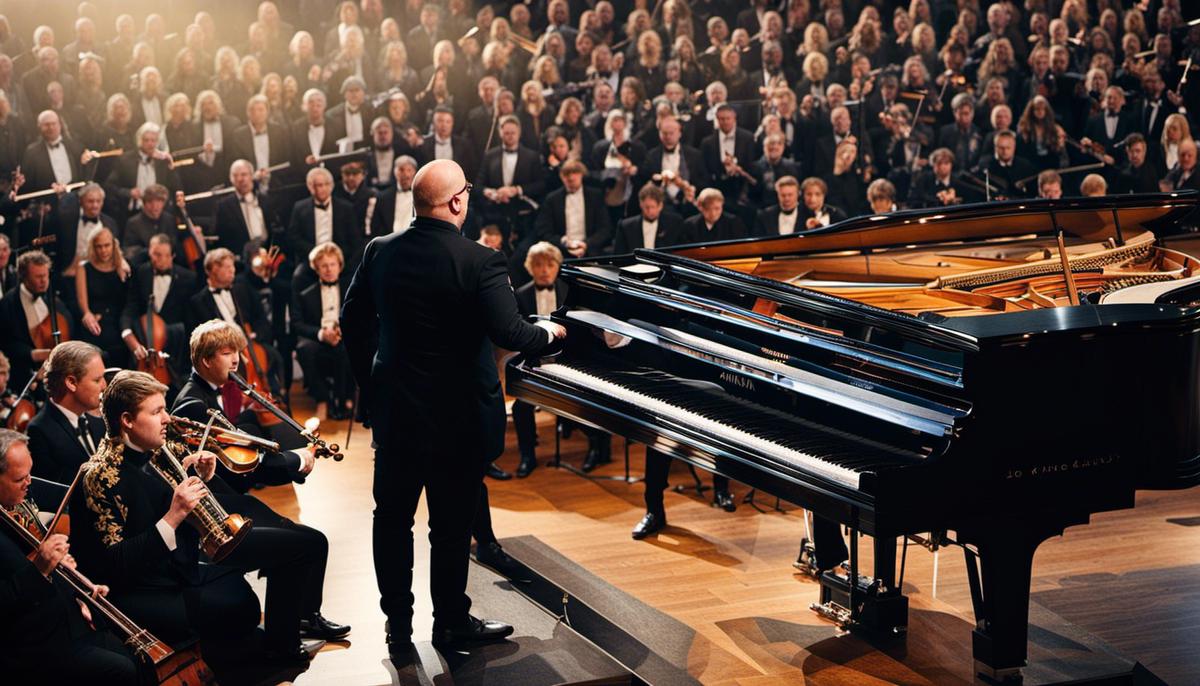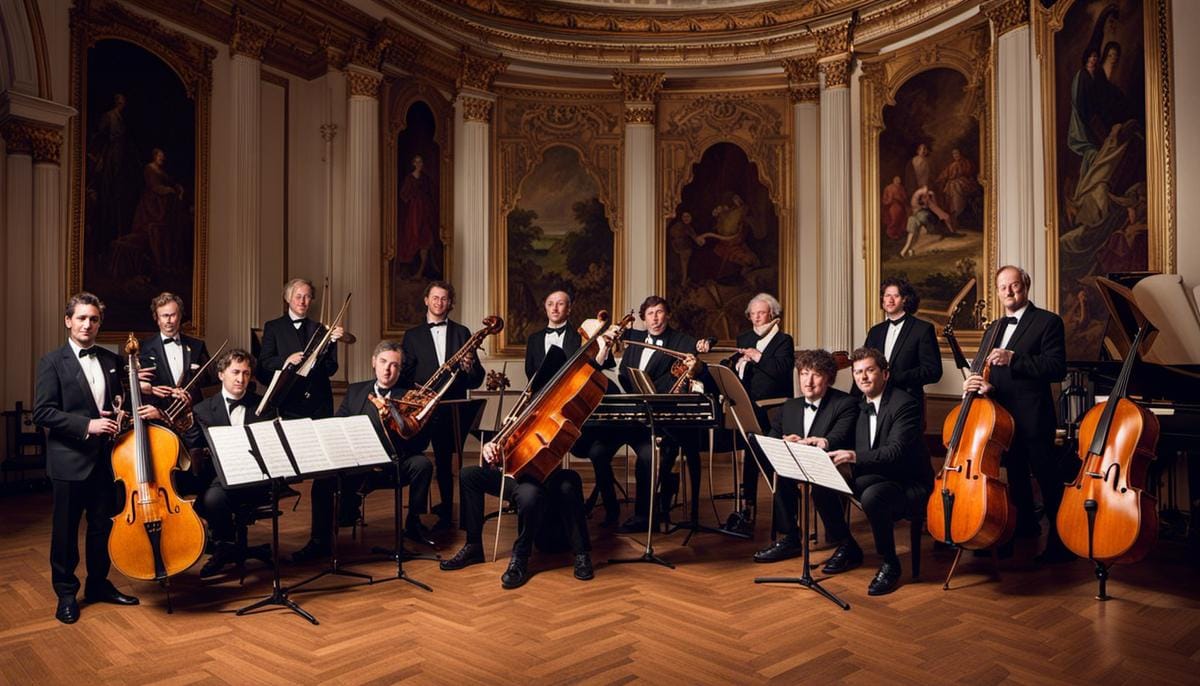History of the Piano | Exploring The History Of This Extremely Important Instrument (2023)
Introduction The piano, an instrument that is central to the world of music, has a rich and intricate history that is as captivating as the melodies it produces. Emerging from its humble beginnings as a simple keyboard instrument such as the clavichord and harpsichord, the piano has not only evolved physically through the advancement of … Read more









